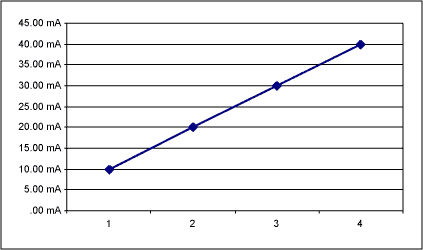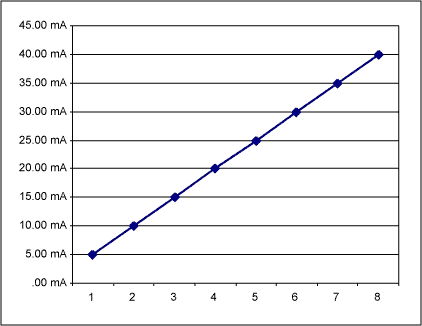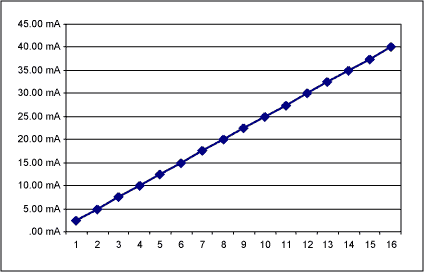This applicaTIon note discusses a technique for adding global LED intensity control to the MAX6954 and MAX6955 LED drivers. These drivers already have 16-step individual digit current control; this additional control provides a master intensity control that reduces, together, all the individual digit currents in 4, 8 or 16 steps.
The MAX6954 and MAX6955 are 4-wire and 2-wire serial-interfaced LED drivers which control up to 7-segment, 14-segment, and 16-segment LED digits or an array of 16 x 8 LEDs. The driver also includes five I / O expander (GPIO) ports, and logic for using some or all of these ports to scan and debounce a key matrix up to 32 keys.
A single external resistor RISET controls the peak segment current for all the segments. RISET sinks a current from the driver's internal voltage reference, and this small current is mirrored internally to set the peak segment current of up to 40mA. The peak segment current can be controlled on the fly by adjusting the effective value of RISET. Adjusting RISET adjusts the peak segment current of all the drivers at once, and therefore operates as a global intensity control.
Global intensity control can be achieved by replacing the fixed RISET resistor with a digital resistor, such as the 32-step MAX5160. If fewer steps are required, and spare MAX6954 / MAX6955 ports are available, then these spare ports can be used to directly control the full-scale segment current. The ports drive discrete resistors to build a simple R-2R-4R type DAC directly at the RISET pin. The design software is an Excel spreadsheet which calculates the resistor values ​​used for a 2-bit DAC (resistors RA and RB), for a 3-bit DAC (resistors RA, RB, and RC), and for a 4-bit DAC (resistors RA, RB, RC, and RD). These DACs provide 4, 8 and 16 steps of intensity control respectively (Figure 1.)

Figure 1. Adding two, three, or four extra resistors to unused ports to build a global intensity control DAC.
The user will have to provide software to control the DAC ports to adjust the global intensity. The ports should be switched between a logic low output for a DAC code of 0, and a logic input without pullup (ie, high impedance) for a DAC code of 1.

Figure 2. Screenshot of the 2-bit Excel spreadsheet.

Figure 3. Screenshot of the 3-bit Excel spreadsheet.

Figure 4. Screenshot of the 4-bit Excel spreadsheet.
Fuse refers to an electric appliance that, when the current exceeds the specified value, melts the fuse and disconnects the circuit with the heat generated by itself.When the current exceeds the specified value for a period of time, the fuse melts and disconnects the circuit with the heat generated by the fuse itself.A current protector made from this principle.The fuse is widely used in high and low voltage power distribution system and control system as well as power equipment.
Ferrite is a metal oxide with ferrous magnetism.As far as electrical properties are concerned, the resistivity of ferrite is much larger than that of single metal or alloy magnetic materials, and it has higher dielectric properties.Ferrite magnetic energy also shows high permeability at high frequencies.As a result, ferrite has become a non-metallic magnetic material widely used in the field of high frequency and weak current.Due to the low ferrite magnetic energy stored in the unit volume, saturated magnetic induction strength (Bs) and low (usually only pure iron 1/3 ~ 1/5), and thus limits its higher requirements in the low-frequency magnetic energy density in the field of high voltage and high power applications.
Semiconductor Fuse and Ferrite
Semiconductor Fuse, Fuse Cutout, Protection Fuse, Square Fuse, Fuse Link, Ceramic Fuse, Fuse Box, Fuse Resistors
YANGZHOU POSITIONING TECH CO., LTD , https://www.yzpstcc.com